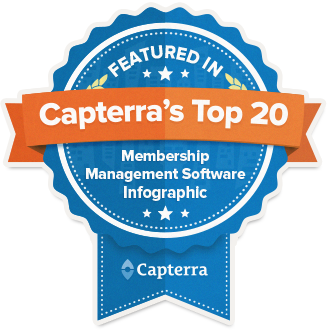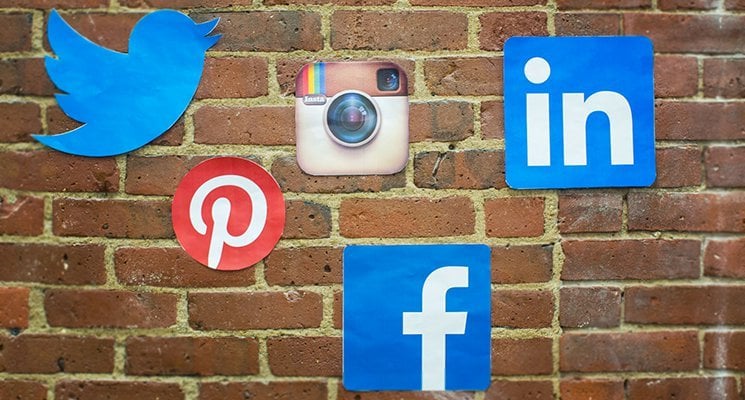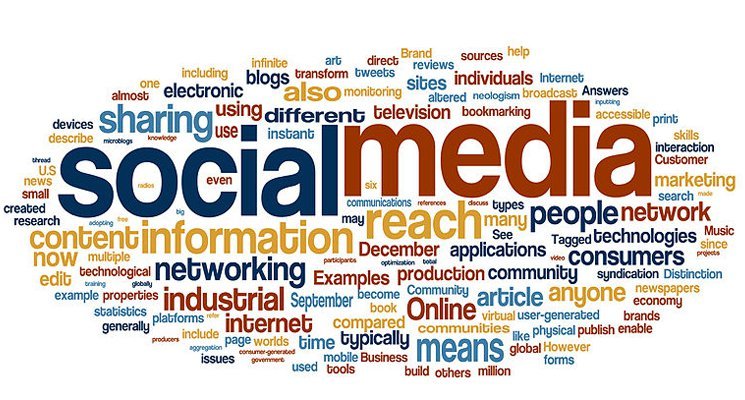Nothing beats a good stretch of fresh perspective. Our blog team took a trip for some fresh perspective on the marketing industry and we’re happy to share what we learned with all of you. Take a dive into the marketing world today, join us in our recap—and let’s get a new perspective on social media together!
Build Your Client Profiles With Social Media
Facebook is still the most popular social media platform and per its own quarterly report, an average of 50 minutes or more a day is spent on their site per person. So if the average person reads around 200 words in a minute, then an estimate of 10,000 words are read in that 50 minutes a day from Facebook users. That’s more than two chapters of the first Harry Potter or Game of Thrones book!
So, what does this mean? One takeaway is the importance of personalization. If people are taking around an hour a day at minimum to engage in content relevant to their personal lives, then the messages they will want to continue reading should ideally be in line with their established preferences. These preferences can of course always be recorded in a Client Profile for future occasions such as birthdays or client anniversaries, etc.
How can a business tailor their content for personalization? I would say a variety of options never fails to accomplish a personalized experience. For example, if you develop a poll post on social media you can utilize the comments section for that post as an “other” option answer. Not only does this prompt engagement among clients—it also gives them an opportunity to type their message directly to you in their own words rather than selecting an answer.
I also reached out to my boss for her thoughts too!
The average amount of time that people spend per day on Facebook alone is incredibly eye opening to the opportunity it creates to engage with not only clients but attract potential clients as well. The stats learned while participating in Hubspot’s marketing event, further drove home the importance and value of crafting the right message for your audience. One tip I would give anyone looking to utilize this platform for their business would be too often check the built-in analytics to gauge how your content is performing. From there you can easily make informed decisions to tailor your message accordingly.
Great advice! Another insight from social media we learned comes from an out-of-the-box perspective. Because Facebook is so popular, what is the preference for platform access? Do clients prefer a computer, laptop or going mobile? These preferences can very well determine the presentation of your content. For example, video news content on mobile devices is commonly featured with large captions and an option for no audio. For the mobile user who may be quite literally on the go, the video then connects to them in the same way that it would for a user who is stationary. With the captions, there is no need for raising the volume or finding a quieter environment to concentrate because the content is tailored to their situation and therefore instantly digestible.
Communication Makes the Experience
In a recent article, we mentioned the value of overlooked communications that, while may feel technically dated, can still carry an impact. Examples of these communications include ‘Thank you’ notes and—it may seem a bit contrary to recommend handwritten communication, however, to assume all our clients who use social media and technology don’t enjoy a letter can be a mistake. Not to mention we’re honoring grandpa and grandma each time we sit down and handwrite a letter. Remember that you can always double check your clients profile page under the Customer Relationship Management feature for their contact info as well as any information you have recorded for them. We also encourage watching our online webinar: How to Become A Data-Driven Powerhouse, to ensure the best is being made of your EZFacility account.
You can also start an experience with members by communicating a follow-up. Follow up conversations have become somewhat prominent due to how fast communication has become so email is where to start. Our Email Marketing Tools has hundreds of templates to choose from. If you need a quick brush up on how to make use of email templates, please check our support guide here.
And if you are interested in keeping in touch more than often, the EZFacility Branded App could be your best step of all! A branded app permits clients the ability to have access to your business within their smartphone. With the help of our design team, we will help you visualize the brand identity of your business into an easily accessible app from the symbol to the layout colors. Bigger buttons? You got it! No social media or carousel images? Done and Done! We’re happy to help you sculpt the app to your liking.
Self-Service is awesome
Ah, self-service. It can be seen from car rentals, hotel check-ins, gas stations, grocery stores… The list goes on and it won’t stop anytime soon due to the popularity it serves for a pleasant consumer experience. As the saying goes, convenience is king, and with the time saved throughout our day-to-day lives it would benefit more to add Member Self-Service to your time-saving helpers tools. Member Self-Service grants client access that puts them first. They can book sessions, lessons, update their contact info, pay bills, view schedules and cancel appointments online. In addition, you have the power to define requirements for bookings and package classes as well as set restrictions for members with unremitting balances. You may even open self-service to the public—enabling a bigger market audience towards your business. It wouldn’t be self-serve if it didn’t serve both your client and yourself! We welcome you to take a tour of our newly improved feature in our support center.














